(We invited Architect Sagar Valia to help us understand – How to decorate your House with Sustainable Interior Design solutions.)
By now you must be very familiar with the concept of sustainability. If you have missed my previous two articles (Part 1 & Part 2), I do recommend you to kindly go through them first and then come back to read this article as it will help you connect better and also tell you about the importance and need for adopting sustainability in life and maybe also motivate you to transform your lifestyle and habits.
Cob in a Condo
In this article I am going to tell you about an interesting concept that I have in mind since a while. “A cob in a condo”. Over the past three years I have been working on a concept of self-sustainable housing. And ever since I wanted to introduce that to an urban home. Now, I am going to share about how to design a cob in a condo. Are you thinking about what is it already? Hold on! Well, it is strange and a weird idea of bringing in the mud interiors from the village huts to modern high-rise apartments in the cities. Being born and raised in a Metro city like Mumbai which is highly dense I always wanted to live and experience the village life for a better quality and healthy living. It’s so unfortunate that the people living in the rural settlement have to relocate to urban settlement and also compromise on their health and quality of living.
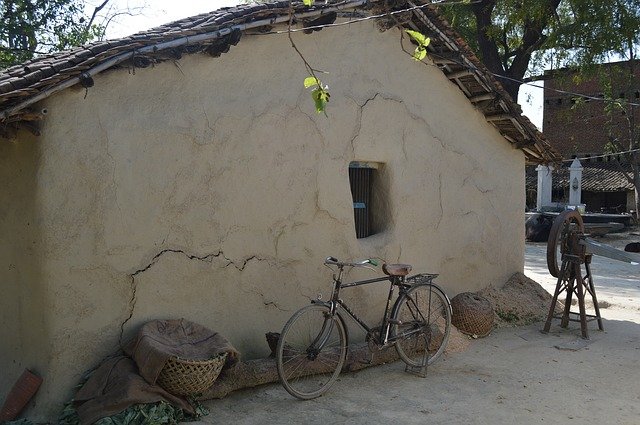
Natural building techniques
I am sure you must have heard about the technique of cob for building homes. It is an ancient technique that involves mud, sand, straw and water mixed in its appropriate proportion to get the correct mix for its maximum strength. Well, cob is not the only technique for natural buildings. Many other techniques such as wattle and daub, straw bale etc can also be used which can be light weight on the existing high-rise structure. So, first of all why the cob technique should be used in the interiors of a condo. In this modern-day world whether you are living in a metro city or in a small village everyone aspires a contemporary looking modern home. But have you ever realised what are the effects of the materials that are being used to build and beautify your house on your personal and environmental health? Or ever wondered about the ecological footprint of doing that?
Why sustainable interiors
This is exactly where it all started for me. While I was handling large-scale high-rise projects that were being constructed massively in concrete I started to wonder about its impact on the environment. Where at one end the world is being transformed to a concrete jungle, I wish to take a small initiative to help people reconnect back with nature. Well in this article I’m not going to get into the details of why but rather tell you directly how and what can be done.
Benefits of Sustainable interiors
Have you seen those shabby looking mud houses in the remote villages? Now imagine having all your house internal walls being built and also plastered with mud or lime. This will not only make your walls breathable but also create a good thermal insulation for your house which will keep your interiors cool in summers and warm in winters. You can also build the entire house flooring in earth or you can lay terracotta tiles to compliment the mud walls. This will keep the operating cost for air-conditioning the house or heating the house lower. By doing this you will at least get the difference of 4°C to 5°C even in the hot sweating afternoons against modern home interiors. If you are in Mumbai, you can experience this in my Architect friend’s design studio “Dhirty hands” which has a small experience centre located in Thane.
Durability of natural materials
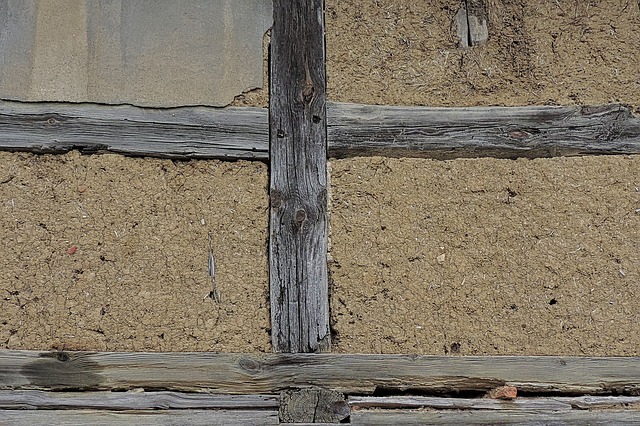
I am sure you are thinking about the finished look of your house. Did I not mention shabby looking mud houses? But just imagine if you could add vibrant colours through the natural pigments and make your house look bright and colourful. With cob you can sculpt your walls in the shape and form you like to make it look as natural as it could be rather than having straight linear surfaces. Have niches in your walls all around to get storage’s as needed. Install glass bottles in the common interior walls between two rooms to transmit light from one room to another and lighten up the rooms to make it look more cheerful. All your furniture can be built in with the walls, beds can be built in with the floor. However, you are now concerned about the waterproofing and maintenance of your house. It’s quite obvious that you are and so would be myself. But what if I told you that you can get all of the above with neatly finished looking surfaces that are completely waterproof, maintenance free and hassle free.
Win over modern toxic process
Through this process you can avoid the pain of building the walls with cement blocks and cement plaster adding gypsum punning to the wall and finally covering it with toxic paints that are harmful to our health and also to the environment. Instead, you may just build the walls with mud or mud blocks and mud or lime plaster. This also nearly equates the application time and the cost to execute as in the modern process you need to appoint three different teams each for walls and plaster, POP punning and painting whereas in the process of mud it can be executed by just one team right from building walls till final finished surface.
Electrify your house with renewable energy
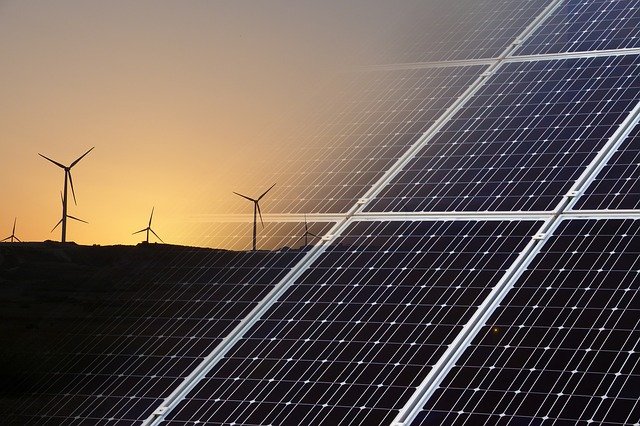
Coming to adding renewable energy to your natural home. If you have your windows facing the south or the west, then you may consider installing solar panels on the windows to charge small appliances or gadgets and also light few bulbs depending upon the size of the system available for installation. In case you are located on a high-rise closer to the terrace you may also think of adding a small wind turbine of vertical axis as it works even with lesser wind speeds.
Bring in more natural daylight
If you have less daylight coming into your rooms making it dark and dull you can also think of adding mirrors or reflective surfaces and elements near the windows such that it reflects maximum daylight inside your rooms
Reusing and recycling water
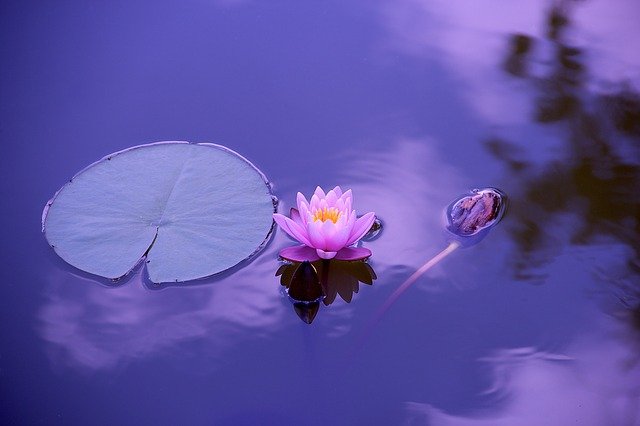
Water is a very important resource and hence a lot of grey water can be designed to be reused for flushing and watering the plants inside your home as this consumes substantial amount of water daily. Also, for crazy environmentalists you may even consider a compost toilet to even further reduce your water consumption but obtain humanure of best quality for fertilising the soils.
Growing organic produce indoors
Nowadays I am highly conscious about the fruits and vegetables that I consume. As you may be aware that much of it is being produced from GM seeds or has been added with pesticides and chemicals to obtain the right shape, size and colour all for its quick growth. Hence why not consider having a small hydroponics tower inside your kitchen to grow the necessary micro greens. In addition, you may also have the plantations on the windows or have vertical green walls in other rooms to make your house more liveable and greener. Through this you may think of adding micro greens, herbs and small vegetables to obtain the best organic produce in-house. This will also provide a much cleaner and oxygenated air within the house and give more energy physically and mentally.
Treating waste as a resource
For all the leftovers from kitchen and remaining’s from the plantations can be used for home composting to use the compost in the plantations as a fertiliser for the soils. Also, you can add a small biogas unit to obtain cooking gas in your kitchen and liquid fertiliser instead for your plants. Alternatively you can also have an induction hob which may be connected with the solar panels or wind turbine if it can supply the required amount of energy. Or can also have a mix of biogas, induction and lpg.
Quick 21 sustainability ideas for your next home interior design project
- Use natural materials like mud, sand, straw and lime to make better breathable and liveable walls
- You may also use compressed stabilised earth blocks (CSEB), strawbale, wattle and daub and wattle and cob etc to build your internal walls. However, ensure excess weight is not applied on the conventional RCC framed structure.
- Sculpt your walls and openings to make the design more organic and natural
- Plaster your walls with earth, lime or tadelakt
- Use linseed oil or tadelakt plaster to waterproof your walls
- Use earthen floors or terracotta tiles for your flooring
- Create niches in your walls to make storage spaces, built-in wardrobes and beds and make your rooms look bigger
- Use glass bottles and other upcycled glass in the common internal walls to transmit light across rooms
- Use natural pigments to add vibrant colours on your walls
- Use upcycled materials to make your loose furniture
- Use mosaic tiles or natural granite stone for your kitchen platform
- Use natural stone sinks in your kitchen and toilets
- Use solar panels or vertical axis wind turbine to power your home with renewable energy
- Reuse and recycle your grey water to reduce your daily water consumption
- Install a small vertical hydroponics tower inside your kitchen
- Create larger opening on your external walls and waterproof them to bring better natural daylight indoors
- Add plants that purify and oxygenate indoor air
- Grow micro greens, herbs and small vegetables indoors
- Add vertical green walls wherever possible. Avoid on the windows as that will reduce the natural daylight indoors.
- Home compost your kitchen leftovers and indoor plantation waste
- Install small domestic biogas unit for supply of cooking gas
Please note that working with natural materials requires very skilled labour and intense understanding of the nature of the materials and application methodology differs to suits each material with different properties. For example, the clay content in the soil may differ drastically even between 50’ apart which can change the behaviour of the material. Hence, it is advisable to consult and appoint appropriate mason for execution who can understand the natural materials for its suitable application.
Above is a short glimpse of my concept of “cob in a condo”. There’s a lot more that one can think and do. Feel free to get in touch for a personalised sustainable natural home interior solutions or just have a chat.
If you have tried using this in high-rise interiors please do write and share with us your experiences.
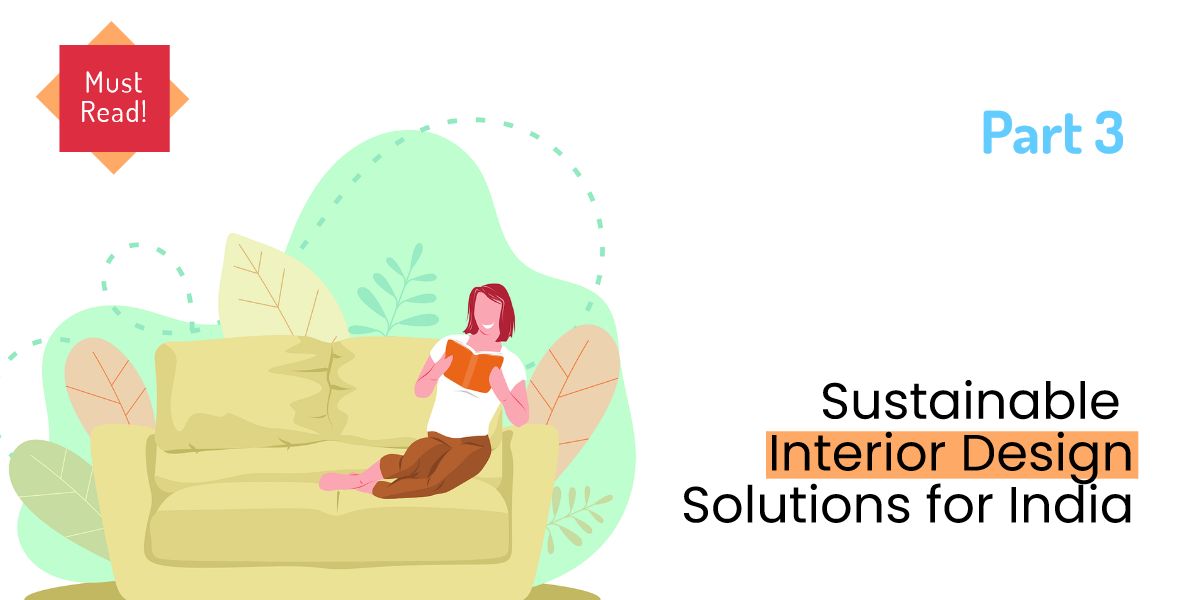
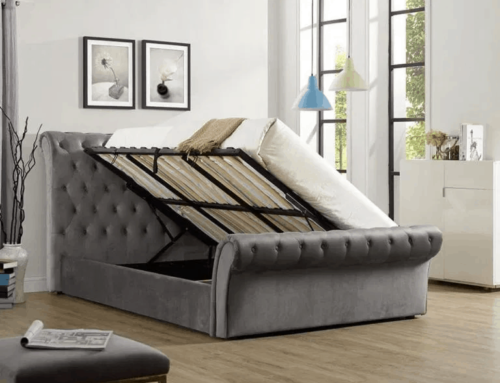
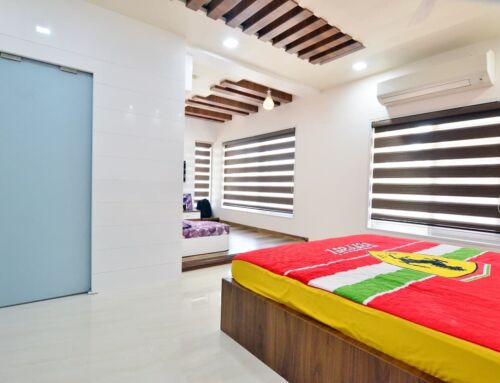
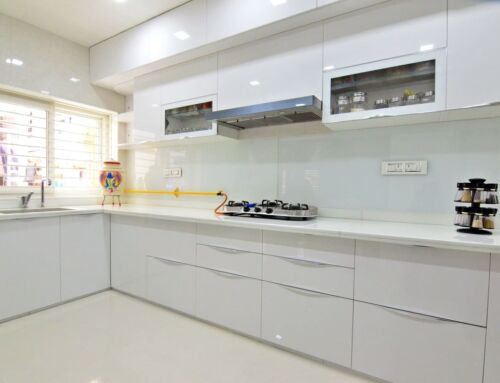
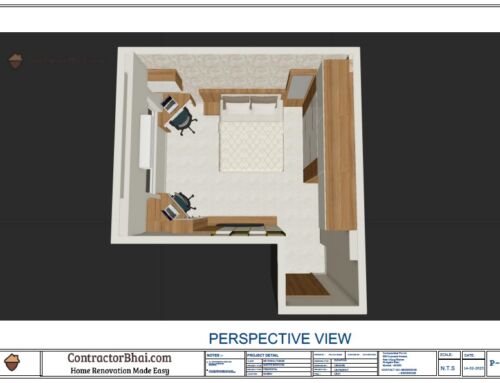

one of the best place and website for This has marked the fifth straight month for inflation above a 10% rate and was the largest year-over-year gain since December 90’S. property taxes will rise and other expenses may creep up, but your monthly housing payment remains the same. That’s certainly not the case if you’re renting.” so I am recommending trying this once.